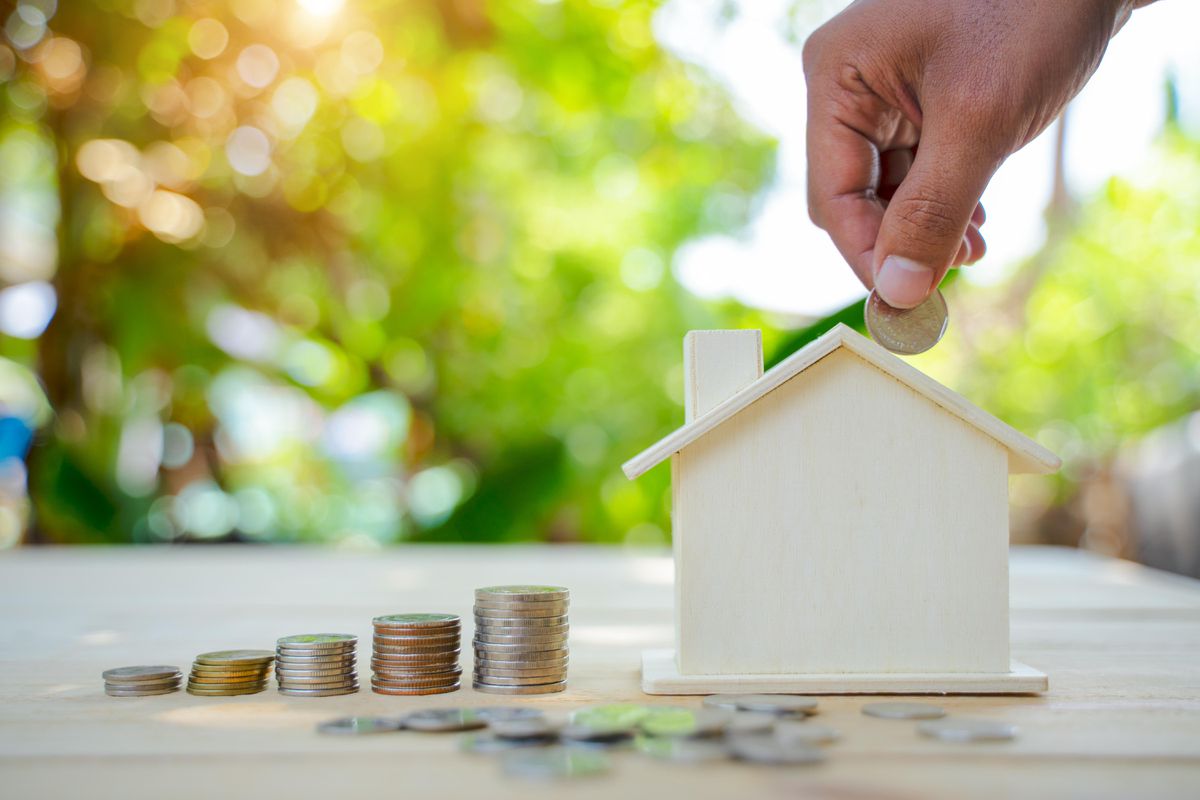
There has been marked changes in Singapore regarding the processing of stamp duty, so everyone should be up to date about these changes. This kind of tax is an indirect tax, so extra care must be taken when factoring this into your cost sheet.
Presently, the Asian real estate market has undergone some turbulence over the past decade. Regional performance has been strong enough to justify investment, although the Singaporean government has taken steps to introduce stability in the market via taxation and cooling measures. Yes, we know it can be a lot to take in at first glance.
So, what is stamp duty? It is the tax that is imposed on dutiable documents that record ownership of properties in the real estate sector. Transactions of stocks and shares are subject to stamp duty as well. They contain agreements for tenancy and leases for the properties. There are several main types of stamp duties in Singapore, which are:
- Buyer’s Stamp Duty
- Seller’s Stamp Duty
- Additional Buyer’s Stamp Duty
Examining Buyer’s and Seller’s Stamp Duty
The Inland Revenue Authority of Singapore, or IRAS, manages all stamp duties and tracks these as BSD and SSD respectively, so keep an eye out for these terms!
At the time of ownership transfer or property purchase in Singapore, this kind of stamp duty is exercised. These stamp duties are calculated based on the property’s market value, or in other words, the value of the property at the time of purchase. At the time of transaction, the buyer’s stamp duty is calculated when ownership formally changes hands and deducted accordingly.
In cases where there are discounts in the form of vouchers or coupons etc., then that amount cannot be excluded from the price of purchase. Whatever this amount is, it gets included when processing BSD or SSD and has to be documented for transparency.
An Additional Look at Additional Buyer’s Stamp Duty
Like the other forms of duties, this is ABSD and is supplementary to the amount paid under BSD.
ABSD is applied to properties when buyers are already holding onto an existing property at the time of the transaction. The rates of the stamp duty vary according to their residence status, and if the purchasing entity has a corporate interest.
- Singapore Citizens are subject to ABSD up to 12% on any property purchases beyond the first
- Permanent Residents (PRs) will have ABSD levied on all purchases. The first property is subject to 5%, while second and all other purchases are at 15%
- Foreigners have ABSD levied on all purchases at 20%
- Entities, corporate bodies and companies are subject to 25% on all purchases
Still confused about stamp duty? No problem, visit Real Vantage article on stamp duty at https://www.realvantage.co/insights/singapore-real-estate-stamp-duties-explained/ for information and more help. Get in contact with us and we would be more than happy to help you through the processes! If you are interested in further reading and ways to kick start your investment portfolio, visit Real Vantage today for insights and more!








